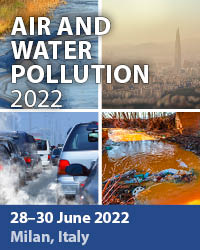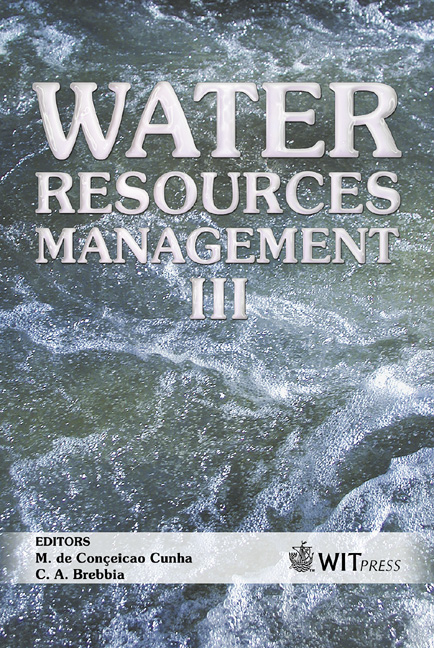Hydrological Modelling Of Maranhão And Pracana Basins, A First Approach
Price
Free (open access)
Transaction
Volume
80
Pages
8
Published
2005
Size
642 kb
Paper DOI
10.2495/WRM050051
Copyright
WIT Press
Author(s)
A. Venâncio, F. Martins & R. Neves
Abstract
Modelling the hydrology of hydrographic basins has shown itself to be a useful tool in environment management. The hydrological models can be used for multiple purposes: to estimate runoff from sequences of rainfall, to access stream water quality and to quantify the diffuse pollution that reaches water masses such as estuaries, rivers and lakes, etc. This study has, as final objective, to simulate and analyse the flow, sediment transport and water quality as a function of land use and soil type in the basins of Maranhão and Pracana. The modelling system used is SWAT, Soil Water Assessment Tool. In this first phase of the study the hydrodynamic calibration of the model was performed using measurements of average daily flows in five stations. The model compares well with the measurements; the annual average flows are similar and the majority of the measured flow peaks coincide with the model peaks. Keywords: hydrological models, swat, environment management, runoff, diffuse pollution. 1 Introduction The applicability of hydrological models for environmental issues is gaining wide support. The spatial information of processes needed for evaluate alternative watershed managements with adoption of geographic information system (GIS) technology is now becoming a usual and efficient tool, Heidenreich et al [1]. In SWAT, this approach is used: the menu interface provides a tool to identify the relative contribution of sub-watershed areas to nonpoint source pollution and to evaluate the effects of alternative land use management practices on surface and ground water quality at the watershed
Keywords
hydrological models, swat, environment management, runoff, diffuse pollution.





